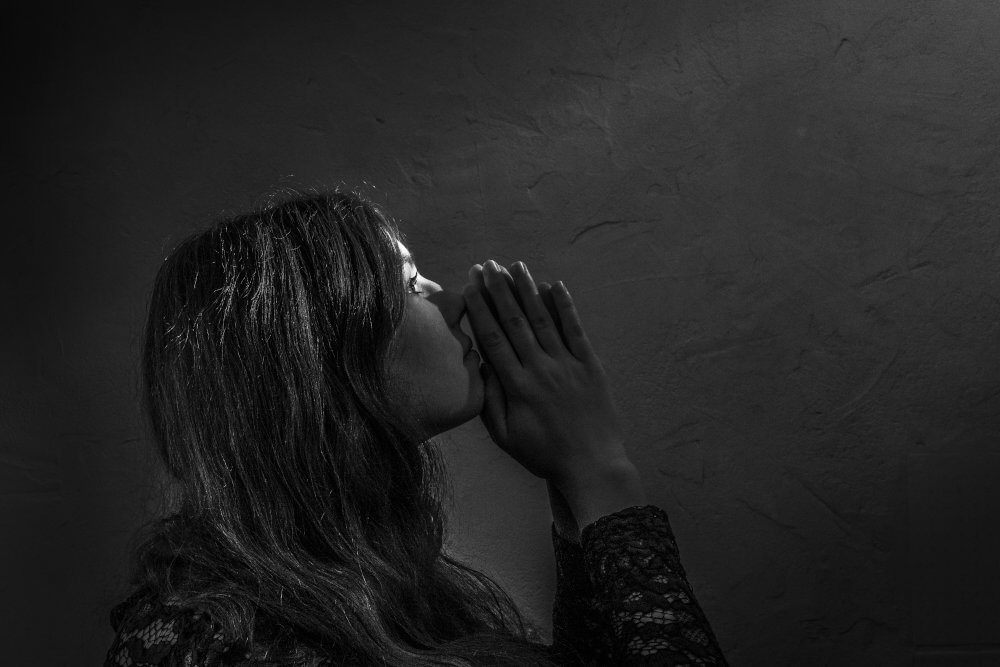Finding Faith in the Age of Anxiety

By Nathan Nielson
Studies show that the social support of belonging to a religious community together with positive spiritual seeking are associated with better mental health, personal empowerment, and the ability to cope with the stresses of life. This essay is part of a series called “Finding Faith in the Age of Anxiety.” It explores solutions that faith offers in countering the troubles of our time. Perspectives from various religious traditions are represented.
There’s so much to occupy our minds during a pandemic.
We’re worried about getting sick, paying bills, putting food on the table, balancing work with homeschooling, and how close we can get to loved ones. Anxiety is our body’s natural response to stress. It’s also the feeling of fear or apprehension about what’s to come.
We don’t always see it and can’t always define it, but the feeling has a way of loitering among us. Anxiety creeps up during the day and settles in at night. Uncertainty about where the world is going lurks in the back of our minds and gnaws at our hearts. Meanwhile, our spirits suffer and our bodies lament.
In a 2017 poll, the American Psychiatric Association found that “nearly two-thirds of Americans are extremely or somewhat anxious about health and safety for themselves and their families.” The same poll found that “millennials are the most anxious” generation and “baby boomers are the least.” In 2018, that number increased by five points.
While feeling occasional anxiety is a regular part of life, feeling a persistent, uncontrollable, and overwhelming sense of anxiety could be a sign of an anxiety disorder, according to the Anxiety and Depression Association of America. Anxiety disorders are the most common and pervasive mental disorders in the United States and are considered “highly treatable.”
Although some people equate chronic anxiety with a lack of faith, many religious people may still experience high anxiety. However, it is possible to experience freedom amid the struggle.
Religion can provide a sense of hope and purpose that helps us cope with our anxieties. Consider, for example, the Christian hope of redemption, the Hindu state of Nirvana, the Buddhist overcoming of suffering, the Jewish longsuffering return from exile, and the Muslim submission to God. There are lessons to learn everywhere, in all the honored works of sacred texts.
Drawing on these beautiful traditions can give us frameworks and insights that steer us through the murky waters of a pandemic. They can teach us new facets of creativity, vulnerability, listening, simplicity, reconciliation, trust, respect, diversity reverence, and stewardship. This article opens a series that will provide solutions from various perspectives for our anxious times.
These perspectives are relevant because, according to one study, “having high levels of both spirituality and religiosity are associated with better quality of life, optimism, and happiness.” In this way, religion and spirituality provide community, connection, belonging, wisdom, a practice of caring, and purposeful habits of living that help us deal with the particular difficulties of our age.
Nathan Nielson is founder and director of Books & Bridges, a community institute of ideas and conversation. He also helped organize this essay series.
This essay is part of a series called “Finding Faith in the Age of Anxiety.” It explores solutions that faith offers in countering the troubles of our time. Perspectives from various religious traditions are represented.



